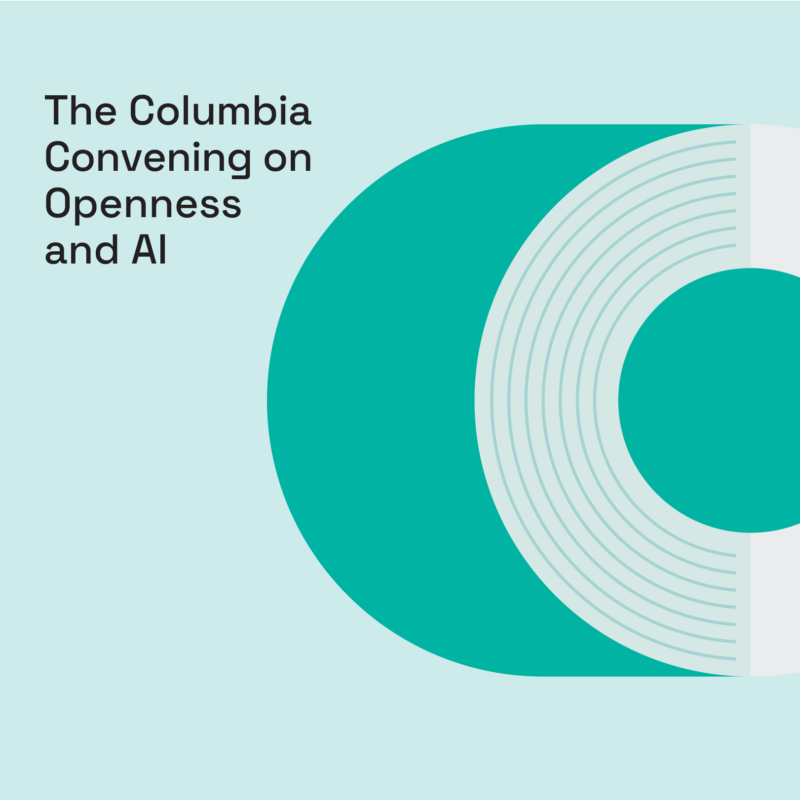What if we got to easily choose our web browser, and didn’t have to rely on complex operating system settings to change the pre-installed default?
At Mozilla, our mission has always centered on empowering people to shape their own experiences online. But these days, big tech too often trumps individual choices, whether that’s through the algorithms that populate our feeds, the online reviews that influence our purchases or the barriers to changing pre-installed browsers on our devices — and keeping that choice.
The reality is that much of our online experience is controlled by a small number of tech companies. Seeking a solution to the immense gatekeeping power concentrated in the hands of a few, lawmakers and regulatory bodies around the world are considering a range of interventions. One of these is “choice screens,” which prompt users to actively select their preferred default web browser.
Mozilla is interested in whether and how these remedies might work, not just as the maker of the privacy-focused Firefox, but as an organization with a mission to equip people to make their own choices. So, we conducted in-depth research with 12,000 people in Germany, Spain and Poland to understand how choice screens influence their decisions, preferences and satisfaction levels. Here’s what we learned:
1. Browser choice screens affect people’s decisions
Choice screens proved to be powerful influencers of user decisions. More than half of the people who were not presented with a choice screen said that they expected to change the default browser that had been selected for them, suggesting that the pre-installed browser may not serve the needs or preference of many users. On the other hand, 98% of the people who select a browser through a choice screen expect to stick with it. Even more encouraging: Choice screens led many users to opt for independent browsers that were not tied to the operating system or device manufacturer – a sign of fairer competition among browsers.
2. The design, content and timing of the choice screen matter
Several factors affected people’s choices:
- Providing more information about the browsers led to a slight increase in users selecting independent browsers while reducing the preference for the pre-installed ones.
- People preferred to see a wide variety of browsers.
- The positioning of browsers within the choice screen played a crucial role, with lower-positioned browsers being chosen less frequently, particularly on Android devices. For example, moving a browser from the first to fourth on the list significantly reduces the likelihood of a user selecting that browser.
- People preferred to see a choice screen during the process of setting up their device. Participants who see the choice screen after set-up, immediately after launching the pre-installed browser, are considerably more inclined to select this browser as their default choice.
3. People want to choose their default browser
How users feel about choice screens was clear from the survey: An overwhelming majority (98%) of people preferred to see a choice screen. They want to see more information, a wide selection of browsers and the option to select their default browser while setting up their devices.
4. Better user satisfaction
Perhaps most importantly, choice screens resulted in better user satisfaction across various metrics – including the ease of setting up the device, the amount of time it took to set up the device, and the range of settings they could customize. Notably, choice screens also boosted satisfaction with “the extent to which I felt in control” by 12%.
Mozilla is currently engaging with regulators, companies, industry leaders, academics and consumer organizations to discuss the findings of this experiment. These insights provide a solid starting point for conversations to maximize the effectiveness of choice screens and address competition-related concerns. You can read the full report here.
The power to choose a web browser should be in the hands of users. When thoughtfully designed and implemented, browser choice screens have the potential to reshape the digital landscape and empower users to make informed choices in a web that’s teeming with possibilities. We’re excited to continue this journey towards a more open and user-centric internet, and we ask you to be a part of it.



